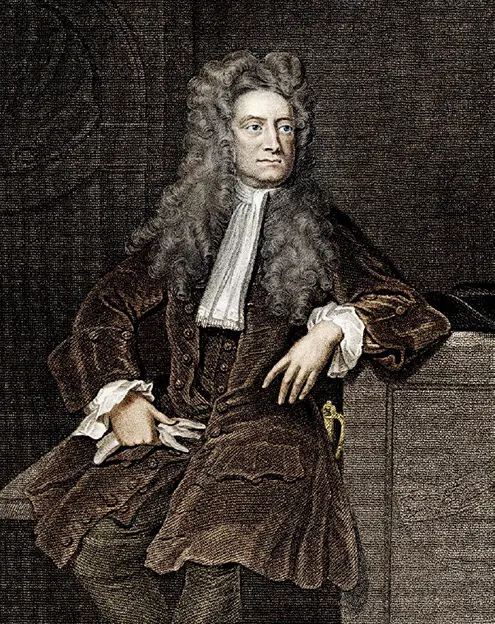Isaac Newton, a towering figure in the scientific revolution, fundamentally reshaped our understanding of the universe with his Law of Universal Gravity. Born in 1643, Newton was not only a mathematician and physicist but also an astronomer, philosopher, and theologian. His contributions spanned various fields, but his work in gravity and motion remains his most enduring legacy.
In his seminal work, “Philosophiae Naturalis Principia Mathematica,” commonly known as the Principia, Newton introduced the world to his Law of Universal Gravity. This law posited that every mass exerts an attractive force on every other mass, diminishing in intensity with the square of the distance between them. This simple yet profound idea explained why planets orbited the sun and laid the groundwork for the classical laws of motion.
Alongside his gravitational theory, Newton formulated three laws of motion. The first law states that an object remains at rest or in uniform motion unless acted upon by an external force. The second law quantifies force, showing that force equals mass times acceleration (F=ma). The third law asserts that for every action, there is an equal and opposite reaction.
Newton’s work built upon and consolidated the heliocentric ideas proposed by earlier astronomers, including Copernicus, Kepler, and Galileo. By providing a mathematical and physical framework for their observations, Newton dispelled any lingering notions of geocentrism. His laws of motion and universal gravitation remained unchallenged in the realm of classical physics until the advent of Albert Einstein’s theory of General Relativity in the early 20th century.
Newton’s humility and recognition of his intellectual debt to his predecessors are famously encapsulated in his statement, “If I have seen further, it is by standing on the shoulders of giants.” His legacy continues to influence and inspire the field of physics and our understanding of the universe.


